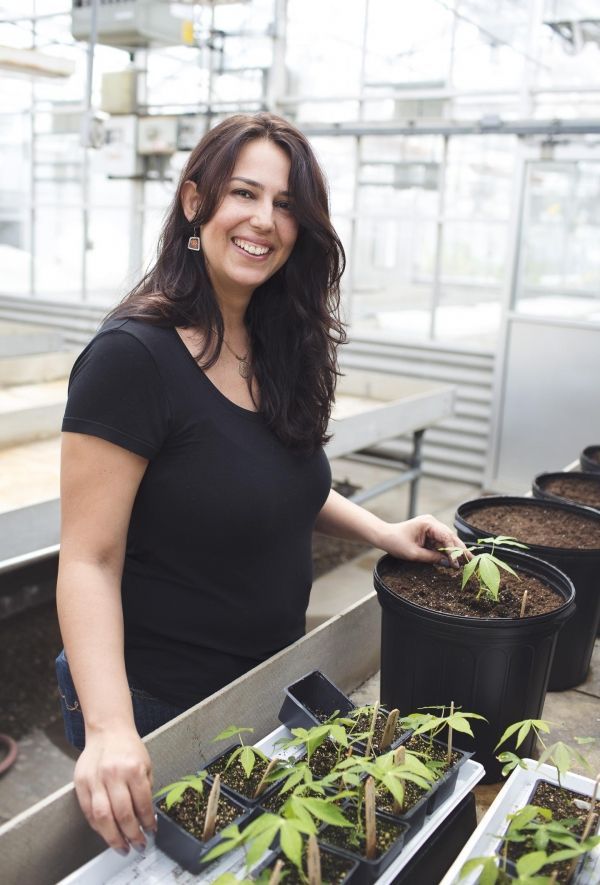Cassava is a staple in the diet of more than one billion people across 105 countries, yet this “orphaned crop” has received little attention compared to popular crops like corn and soybeans. While advances in breeding have helped cassava withstand pests and diseases, cassava yields no more today than it did in 1963. Corn yields, by comparison, have more than doubled.
University of Illinois researchers analyzed four African cultivars to find out how breeding has impacted photosynthesis—the process that transforms light energy and carbon dioxide into yield. They found that unimproved landraces of cassava – cultivars that have not been bred for improvements like pest and disease resistance – are actually 20 percent better at photosynthesizing than their improved counterparts, as reported in Food and Energy Security.
This research is part of the international research project Realizing Increased Photosynthetic Efficiency (RIPE) that is supported by the Bill & Melinda Gates Foundation, Foundation for Food and Agriculture Research, and U.K. Department for International Development. The Cassava Source-Sink, or CASS, project generously provided the cassava cultivars.
“Cassava breeders have diligently worked to improve the pest and disease resistance of this crop, which has been absolutely critical,” said RIPE Director Stephen Long, Ikenberry Endowed Chair of Plant Biology and Crop Sciences in the Carl R. Woese Institute for Genomic Biology and the College of Agricultural, Consumer and Environmental Sciences. “The next step is to improve cassava yield potential by improving its photosynthetic performance. There is clearly room for improvement of genetic yield potential in cassava through photosynthesis, and we must remember that increased genetic yield potential underpinned successes of the Green Revolution.”
Read more at Carl R. Woese Institute for Genomic Biology, University of Illinois at Urbana-Champaign
Image: Unimproved cassava photosynthesizes better than cultivars that have been bred for pest and disease resistance, according to research by postdoctoral researcher Amanda De Souza at the University of Illinois. (Credit: Realizing Increased Photosynthetic Efficiency)


